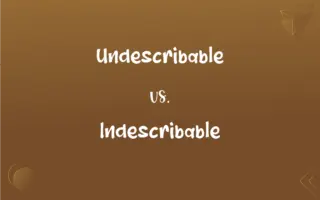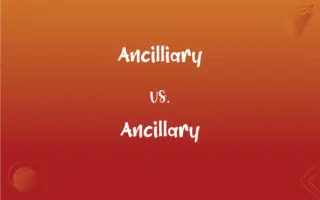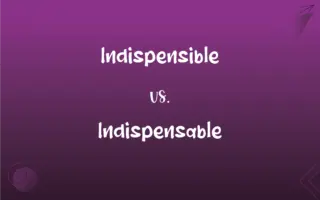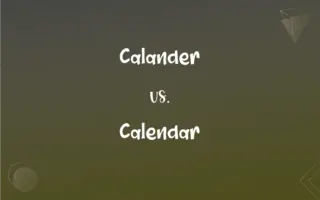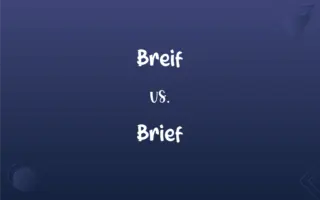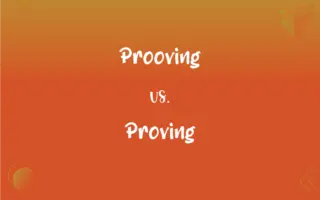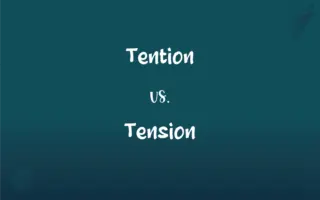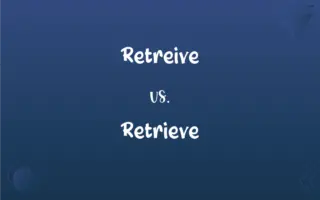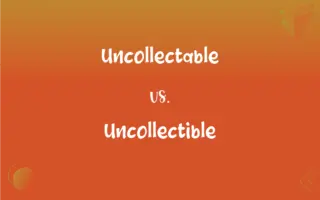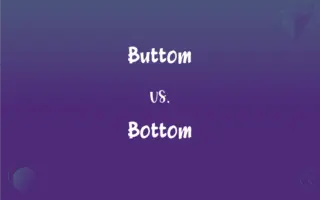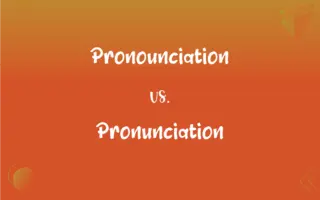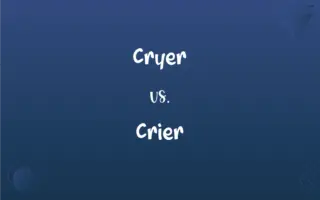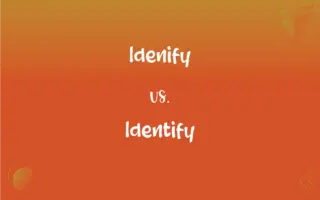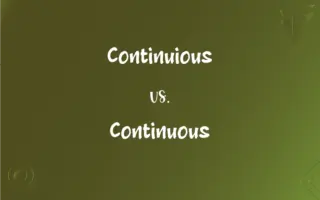Plack vs. Plaque: Mastering the Correct Spelling
Edited by Aimie Carlson || By Janet White || Updated on March 12, 2024
"Plack" is an incorrect spelling, whereas "Plaque" is correct, referring to a flat piece of material or a deposit on teeth or arteries.
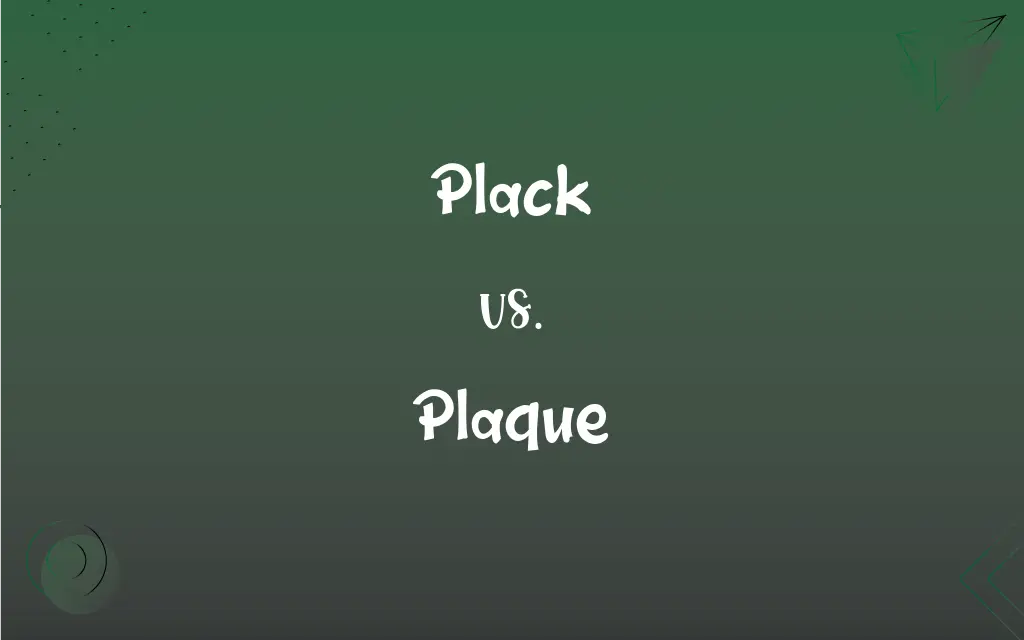
Which is correct: Plack or Plaque
How to spell Plaque?

Plack is Incorrect

Plaque is Correct
ADVERTISEMENT
Key Differences
Visualize a "plaque" on a wall with the letters "q-u-e" written on it.
Dental health often discusses "plaque," emphasizing the importance of the "que" ending.
Think of "plaque" as a "flat plate," both containing the letter "q."
Remember, "plaque" is like "opaque," both ending in "-que."
"Plack" lacks the proper ending; add "que" to make it right.
ADVERTISEMENT
Correct usage of Plaque
He received a plack for his years of service to the community.
He received a plaque for his years of service to the community.
She found an old plack in the attic that commemorated the town's founding.
She found an old plaque in the attic that commemorated the town's founding.
An honorary plack was mounted on the wall of the school hall.
An honorary plaque was mounted on the wall of the school hall.
The museum displayed a plack that described the history of the artifact.
The museum displayed a plaque that described the history of the artifact.
The dentist told her she had too much plack on her teeth.
The dentist told her she had too much plaque on her teeth.
Plaque Definitions
A sticky deposit on teeth in which bacteria proliferate.
Regular brushing removes plaque.
A clear area in a cell culture caused by the lysis of cells by a virus.
The scientist identified the virus by observing the plaques.
A flat plate or tablet for ornament or inscription.
The commemorative plaque was hung on the wall.
A deposit of fatty material on the inner lining of an arterial wall.
Plaque buildup can lead to heart diseases.
A distinct, often raised patch on the skin or another organ.
The patient had several plaques on his skin.
A flat plate, slab, or disk that is ornamented or engraved for mounting, as on a wall for decoration or on a monument for information.
A small pin or brooch worn as an ornament or a badge of membership.
A scaly patch on a body part, especially the skin.
A biofilm of bacteria in a matrix of polysaccharides and other substances on the surface of a tooth or teeth.
A deposit of fatty material on the inner lining of an arterial wall, characteristic of atherosclerosis.
The material that such a deposit is composed of.
A deposit consisting mainly of beta-amyloid and degenerating nerve tissue, found in the brain tissue of people with Alzheimer's disease.
A sharply defined zone of demyelination in the central nervous system characteristic of multiple sclerosis.
A clear, often round patch of lysed cells in an otherwise opaque layer of a bacteria or cell culture.
(countable) Any flat, thin piece of clay, ivory, metal, etc., used for ornament, or for painting pictures upon, as a dish, plate, slab, etc., hung upon a wall; also, a smaller decoration worn by a person, such as a brooch.
(countable) A piece of flat metal with writing on it, attached to a building, monument, or other structure to remind people of a person or an event.
(countable) A small card representing an amount of money, used for betting in casinos; a sort of gaming chip.
A clearing in a bacterial lawn caused by a virus.
In the Hornbostel–Sachs classification system: any flat, thin musical instrument.
Blown plaques
Aconcussion plaques
A broad patch of abnormal tissue distinguishable from surrounding tissue, especially a broad irritated]] patch on the skin.
An abnormal accumulation of material in or on an organ of the body, often associated with disease.
Amyloid plaque
Apleural plaque
Asenile plaque
An accumulation in artery walls made up of macrophage cells and debris containing lipids, (cholesterol and fatty acids), calcium, and connective tissue; an atheroma.
An accumulation of biofilm, or bacteria, on teeth, which may develop into dental calculus (tartar).
A deposit of beta-amyloid protein occurring in a nerve cell and associated with Alzheimer's disease.
Any flat, thin piece of metal, clay, ivory, or the like, used for ornament, or for painting pictures upon, as a slab, plate, dish, or the like, hung upon a wall; also, a smaller decoration worn on the person, as a brooch.
(pathology) a small abnormal patch on or inside the body
A memorial made of brass
Plaque Sentences
The company presented her with a plaque for her outstanding achievements.
There's a brass plaque at the entrance that lists the building's architects.
The plaque on the bench was dedicated to a beloved town mayor.
The commemorative plaque includes the names of all the contributors.
Each year, the school awards a plaque to the student with the highest grades.
Dentists recommend brushing regularly to prevent plaque buildup.
A plaque marks the site of the old courthouse in the town square.
Removing plaque from teeth is essential for maintaining oral health.
To fight plaque, use toothpaste that contains fluoride.
The historical society placed a plaque where the historic event occurred.
The mayor presented a plaque to the retiring police chief.
The family donated a bench with a plaque in memory of their loved one.
They unveiled a plaque to celebrate the opening of the new library.
The historical marker is a bronze plaque attached to a large stone.
She received a plaque for her volunteer work at the community center.
The plaque on the wall honors the founders of the institution.
The plaque commemorates the 100th anniversary of the building.
Each winner received a plaque as a token of appreciation.
The plaque explains the significance of the statue in the park.
He cleaned the plaque from his teeth with an electric toothbrush.
Plaque accumulation can lead to gum disease if not properly managed.
The engraved plaque was placed at the site where the time capsule was buried.
Oral hygiene products designed to reduce plaque can improve gum health.
A plaque on the bridge tells the story of its construction.
Plaque Idioms & Phrases
Brush away the plaque
A phrase emphasizing the importance of dental hygiene to remove plaque.
Brushing twice a day helps to brush away the plaque and keep teeth healthy.
Engraved on a plaque
Something written or inscribed on a plaque to be remembered.
His name was engraved on a plaque alongside other war heroes.
A plaque of recognition
An award given to honor someone's achievements or contributions.
After retiring, he was given a plaque of recognition for his dedication.
A commemorative plaque
A plaque that marks a significant event or honors a person's memory.
The family installed a commemorative plaque at the library in her honor.
Plaque unveiling ceremony
An event where a plaque is revealed to the public for the first time.
The community attended the plaque unveiling ceremony for the new park.
FAQs
What is the root word of Plaque?
The root word is the French "plaque," meaning "metal plate."
What is the verb form of Plaque?
Plaque is primarily a noun and doesn't have a conventional verb form.
What is the singular form of Plaque?
The singular form is "plaque."
What is the plural form of Plaque?
The plural form is "plaques."
Which preposition is used with Plaque?
Various prepositions can be used, such as "of" in "plaque of recognition."
Is Plaque a negative or positive word?
Neutral, but context can give it negative connotations, especially in medical contexts.
Why is it called Plaque?
It's called "plaque" from the French word for "metal plate," referencing its flat, plate-like nature.
What is the pronunciation of Plaque?
Plaque is pronounced as /plæk/.
Which vowel is used before Plaque?
The vowel "a" is used before "plaque."
Is Plaque a noun or adjective?
Plaque is a noun.
Which article is used with Plaque?
Both "a" and "the" can be used with "plaque."
How do we divide Plaque into syllables?
Plaque is a one-syllable word and isn't divided further.
What is the third form of Plaque?
Plaque doesn't have verb forms.
Which conjunction is used with Plaque?
Any conjunction can be used with "plaque" based on the sentence structure.
Is Plaque a vowel or consonant?
Plaque is a word, not a single letter, and contains both vowels and consonants.
Is Plaque a collective noun?
No, plaque is not a collective noun.
Is the word Plaque imperative?
No, plaque is not imperative.
What is a stressed syllable in Plaque?
The entire word "plaque" is stressed as it's a single syllable.
What part of speech is Plaque?
Plaque is a noun.
Which determiner is used with Plaque?
Determiners like "a," "the," and "his/her" can be used with "plaque."
What is the second form of Plaque?
Plaque doesn't have verb forms.
Is Plaque an abstract noun?
No, plaque is a concrete noun.
Is Plaque a countable noun?
Yes, plaque can be counted, as in "several plaques."
Is the Plaque term a metaphor?
Not inherently, but it can be used metaphorically in literature.
How many syllables are in Plaque?
Plaque has one syllable.
What is another term for Plaque?
Another term is "tablet" or "plate" for commemorative contexts and "deposit" in medical contexts.
Is Plaque an adverb?
No, plaque is not an adverb.
What is the opposite of Plaque?
There isn't a direct opposite, but in dental context, "clean teeth" can be contrasted with "teeth with plaque."
What is the first form of Plaque?
Plaque doesn't have verb forms. As a noun, it remains "plaque."
How is Plaque used in a sentence?
"The dentist emphasized the importance of brushing to remove dental plaque."
About Author
Written by
Janet WhiteJanet White has been an esteemed writer and blogger for Difference Wiki. Holding a Master's degree in Science and Medical Journalism from the prestigious Boston University, she has consistently demonstrated her expertise and passion for her field. When she's not immersed in her work, Janet relishes her time exercising, delving into a good book, and cherishing moments with friends and family.
Edited by
Aimie CarlsonAimie Carlson, holding a master's degree in English literature, is a fervent English language enthusiast. She lends her writing talents to Difference Wiki, a prominent website that specializes in comparisons, offering readers insightful analyses that both captivate and inform.





